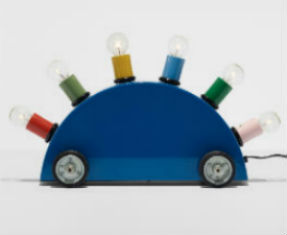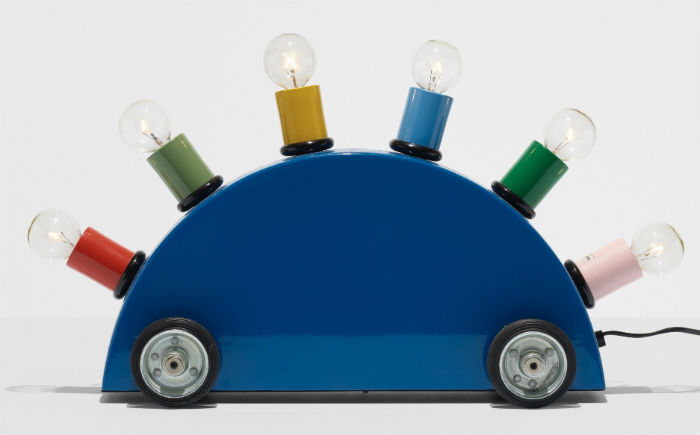
NEW YORK – Memphis was a bright confetti bomb that blew up in the face of late-postwar design, but there were no serious casualties. During (and long after) Memphis’ active lifespan of 1981-88, Artemide lighting kept selling out of its sober black Tizio task lamps. Self-conscious L.A. modernist dealers continued to scour the land for Eames lounge chairs and Noguchi surfboard tables. And postmodernism remained a composite-sketch of architectural traditions – irritably reframing the past.
Colorful, exuberant Memphis was its own story. Named to evoke Greek mythology and American country-western music, Memphis ran parallel to postmodernism (and sometimes embraced it – Michael Graves was both a postmodernist progenitor and a Memphis member.) But Memphis came out of the radical design movement of Milan, its hometown.
Origins
Memphis founder Ettore Sottsass (1917-2007) was the group’s oldest and most famous member. An architect and industrial designer known for his work with Olivetti, Sottsass convened the group after splitting off from Studio Alchymia and its leader Alessandro Mendini. Memphis would become the most high-profile of the radical design collectives to emerge from Milan; Alchymia remains the most respected.
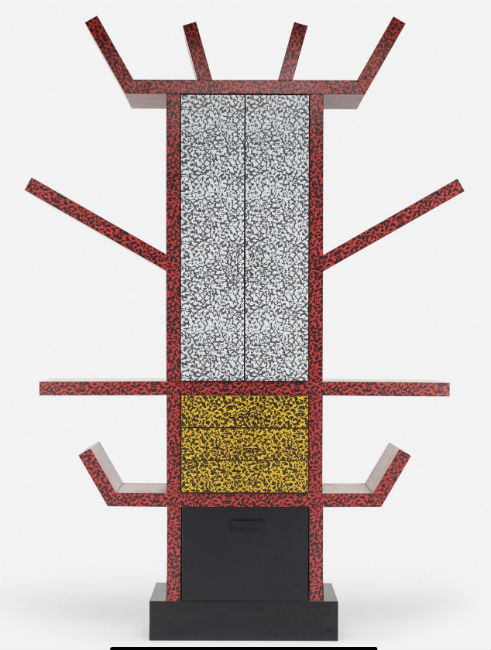
In 1980, Sottsass gathered young architects Masanori Umeda, Shiro Kuramata, Andrea Branzi, Nathalie du Pasquier, Michele de Lucchi, Peter Shire, Marco Zanini, Martine Bedine, George Sowden, Michael Graves, Hans Hollein, Matteo Thun, Marco Zanuso, Thomas Bley, Barbara Radice, Aldo Cibic, Massimo Iosa Ghini, Gerard Taylor, Javier Mariscal, Beppe Caturegli and Ernesto Gismondi, the head of Artemide who was enlisted as Memphis’s president.
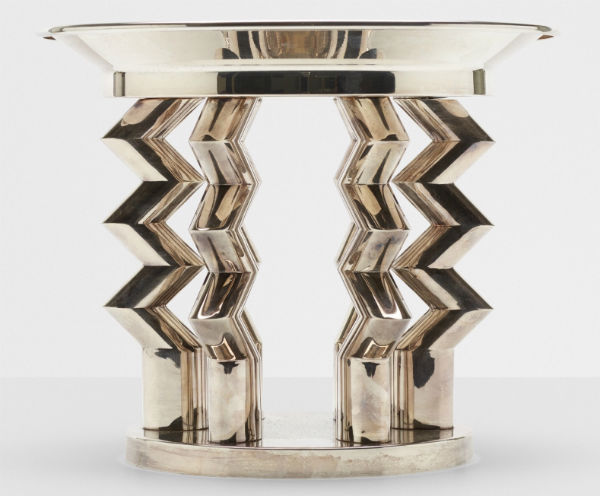
After years of hanging out together, philosophizing about design, the Milan-based group created its first collection in just a few breathless months. The furniture maker Renzo Brugano, a Sottsass friend and collaborator, handled production. They presented it at a Milan showroom called Arc ‘74 on Sept. 18, 1981. Memphis member and chronicler Barbara Radice recounted: “At the opening were 31 pieces of furniture, three clocks, ten lamps, eleven ceramics and 2,500 people.” The world took note.
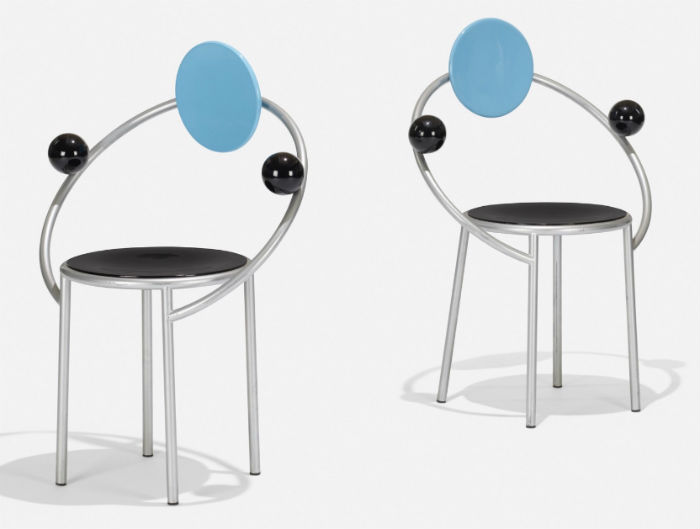
Reactions
Memphis design could read as madcap, illogical, even offensive. The Chicago Tribune called it “… Vibrant, bold, funny, provocative, anti-modernist, fantastic, crazy, vital, insulting, surreal, pop, punk, funk, New Wave, eccentric and bizarre … but never boring.” Other critics were more thoughtful: “Memphis startles one into asking ‘what should an object really look like? And ‘why should we want it to look the way it has always looked?’” wrote the Financial Times’ Lucia van der Post.
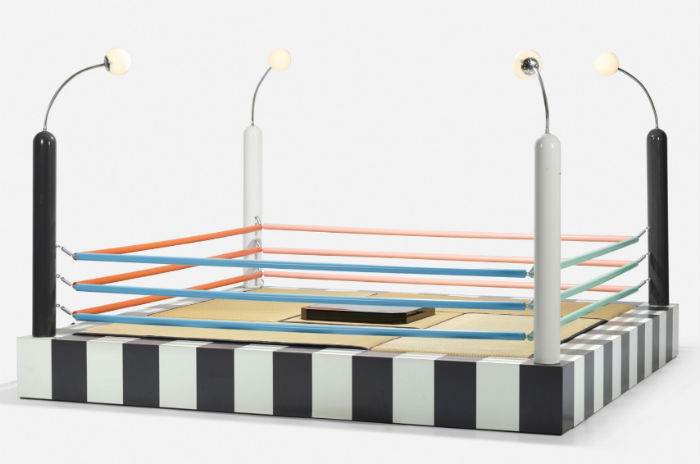
Philosophy
Memphis designers embraced consumerism, technology and industrial production methods. Only the blown glass objects were made by hand. Otherwise, the scale of production was limited only by consumer demand. But they were not seeking a mass audience, rather they envisioned the kind of niche markets that are possible today through digital platforms that didn’t exist then. Andrea Branzi said the products were “capable of choosing their own users.”
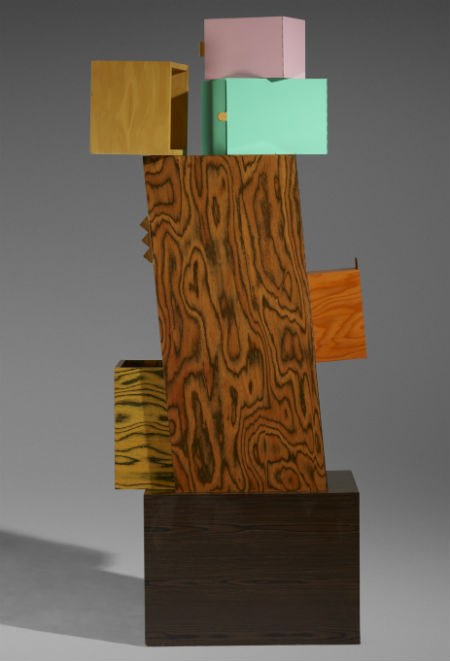
Design Elements
Memphis designs were characterized by asymmetrical lines and bold juxtapositions of candy-bright finishes and fabrics; metal and painted wood components; and patterned plastic laminates and upholstery. Using plastic laminates for “important” pieces of furniture that would live outside the kitchen was a foundational idea of Sottsass and became a Memphis signature.
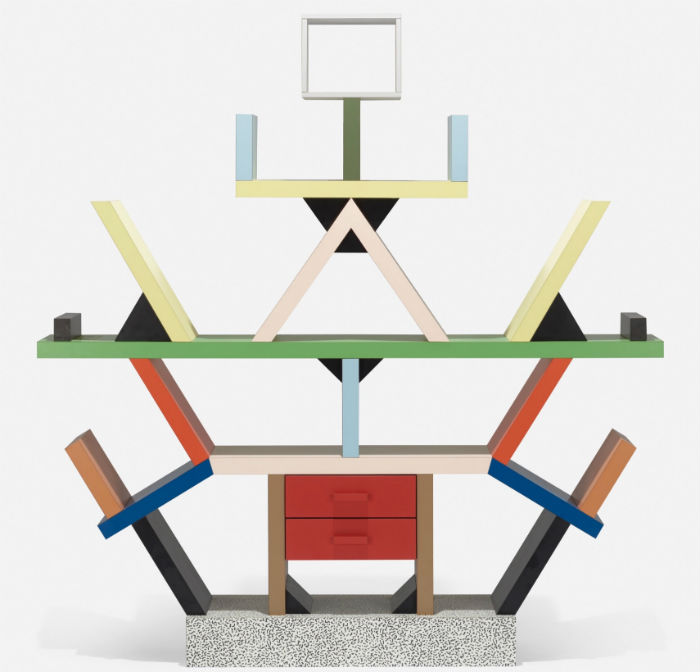
The palette combined pastel and acid-bright hues: pink, lavender, mint, gray, cobalt blue, bottle green, canary yellow, chartreuse, purple, orange. Memphis patterns were created mostly by Sottsass, Michele de Lucchi, George Sowden and Nathalie Du Pasquier: vivid, contrasting camouflage blobs, bacteria squiggles, zigzags, cartoon pebble shapes and geometric lines. Textiles mirrored those patterns but included some finer and softer lines.
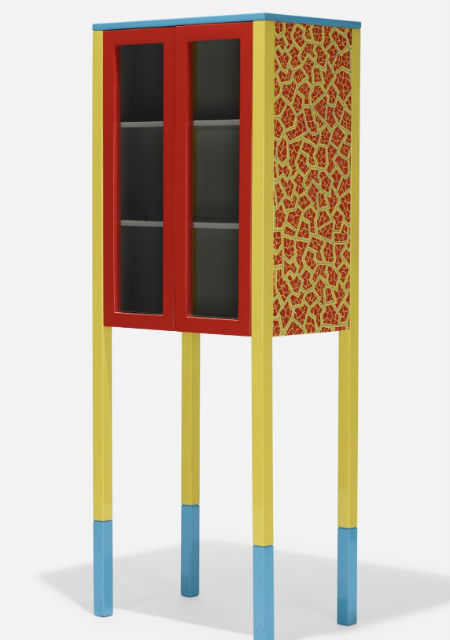
Where was Memphis?
In the 1980s Memphis furniture was used in film sets, featured in interiors magazines and treated as eye-candy in advertising campaigns. The line was sold in design showrooms and stores, partly relying on the distribution channels of Ernesto Gismondi’s Artemide Lighting company, which sold its high-design products throughout the world.
Karl Lagerfeld – famous for his quick embrace and speedy divestment of trends – furnished a Monaco apartment entirely in Memphis, which he sold at Sotheby’s in 1991.
In late 2016, the estate of David Bowie sold more than 100 pieces of Memphis he had quietly collected, at Sotheby’s, including numerous examples by Sottsass. The strong prices realized in the Bowie auction – multiple lots sold for 10 times their high estimate – were naturally affected by provenance.
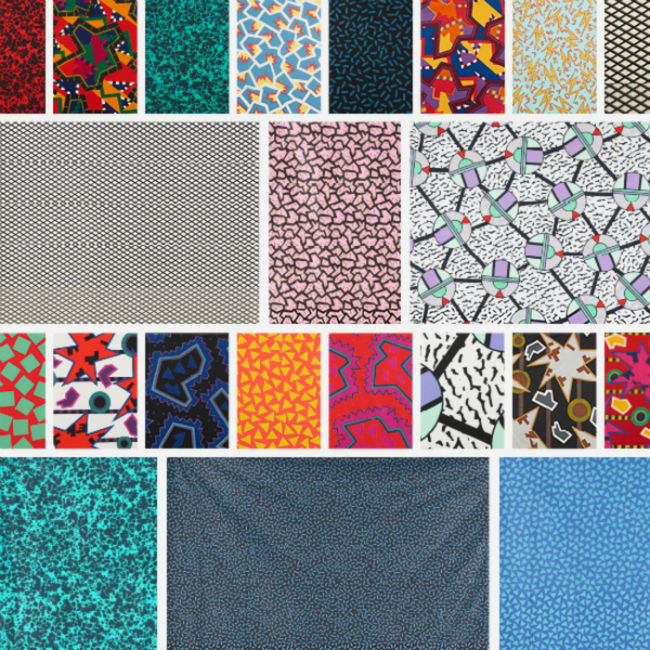
Memphis Now
There’s a major collection coming to auction at Wright on Oct. 3, 2019. Dennis Zanone, a wedding photographer from Tennessee, is selling 165 pieces of original Memphis furniture and related objects. The Wright catalog has detailed notes on the movement and its designers and meticulous descriptions of each piece. Zanone’s collection was featured at the Dixon Gallery and Gardens, a museum in Memphis Tennessee. Collectors will be watching the prices realized in this sale.
The Memphis design group disbanded in 1988, possibly as a consequence of the 1987 stock market crash. The company was purchased in the 1990s and continues to manufacture the original Memphis catalog, among other offerings. Increasingly, the distinctive look of Memphis reverberates in fashion, graphics and interior design.
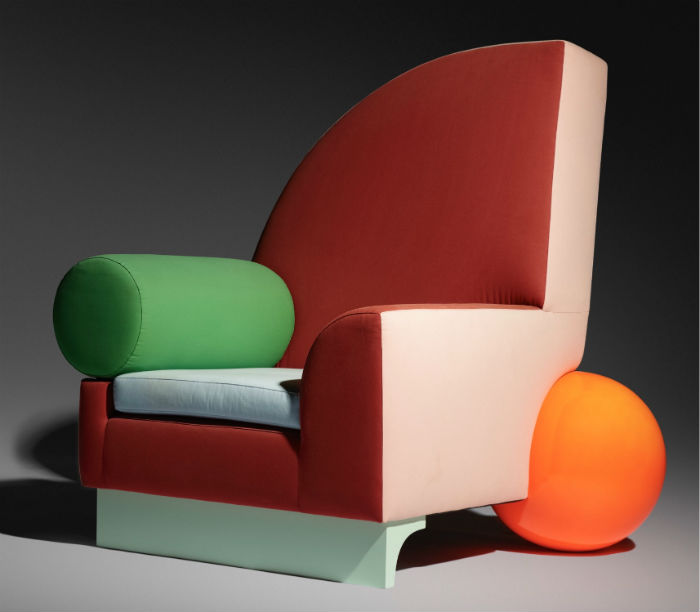
The instantly recognizable furniture, lighting and objects in the Memphis line seemed more homogenous when it was introduced, but with the passage of time, pieces by Ettore Sottsass stand apart. The first major museum show of Sottsass’s work opened at the Los Angeles County Museum in 2006, a year before his death. Others followed. A 2017 Sottsass retrospective at the Metropolitan Museum’s Breuer space placed Memphis in context within Sottsass’ long career and the larger cultural landscape.


